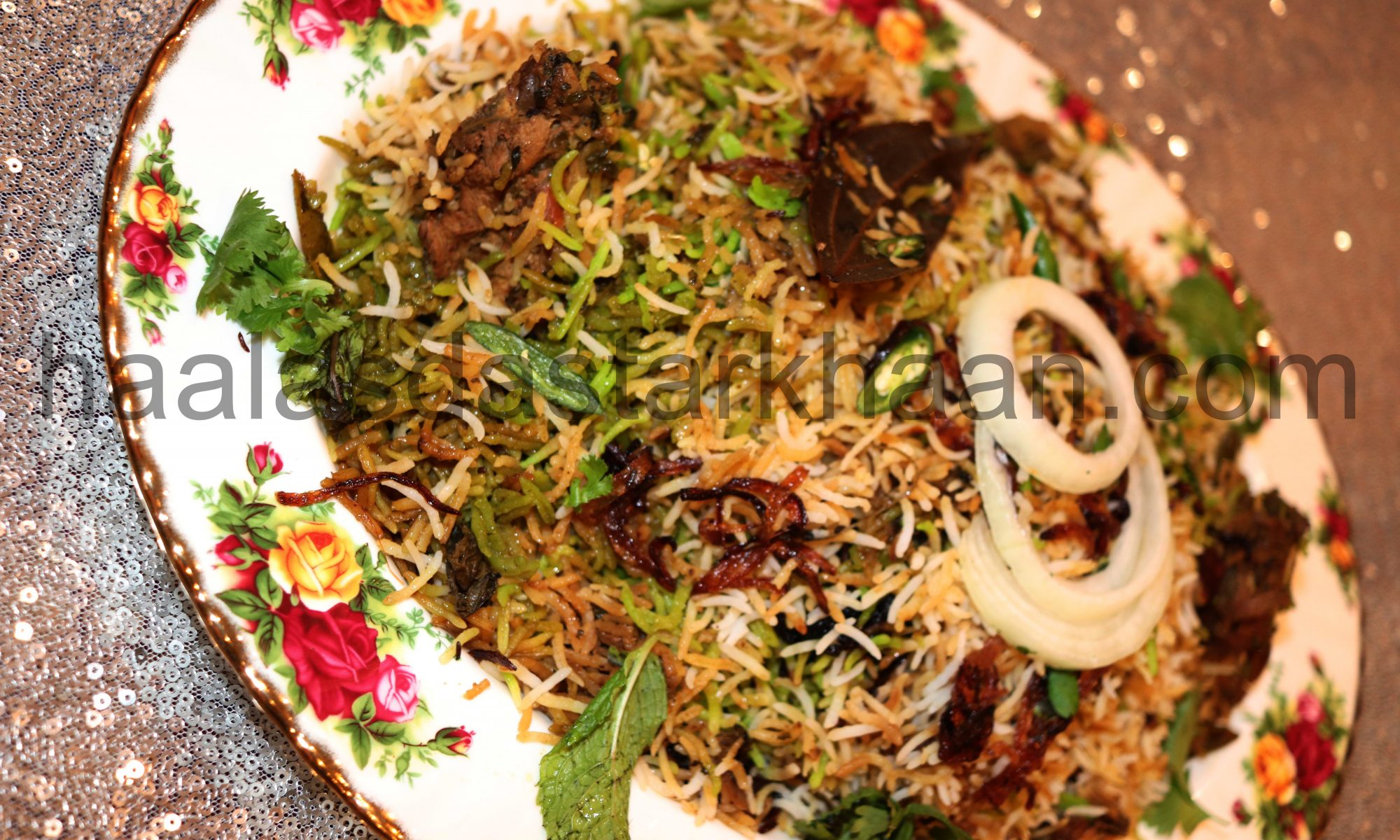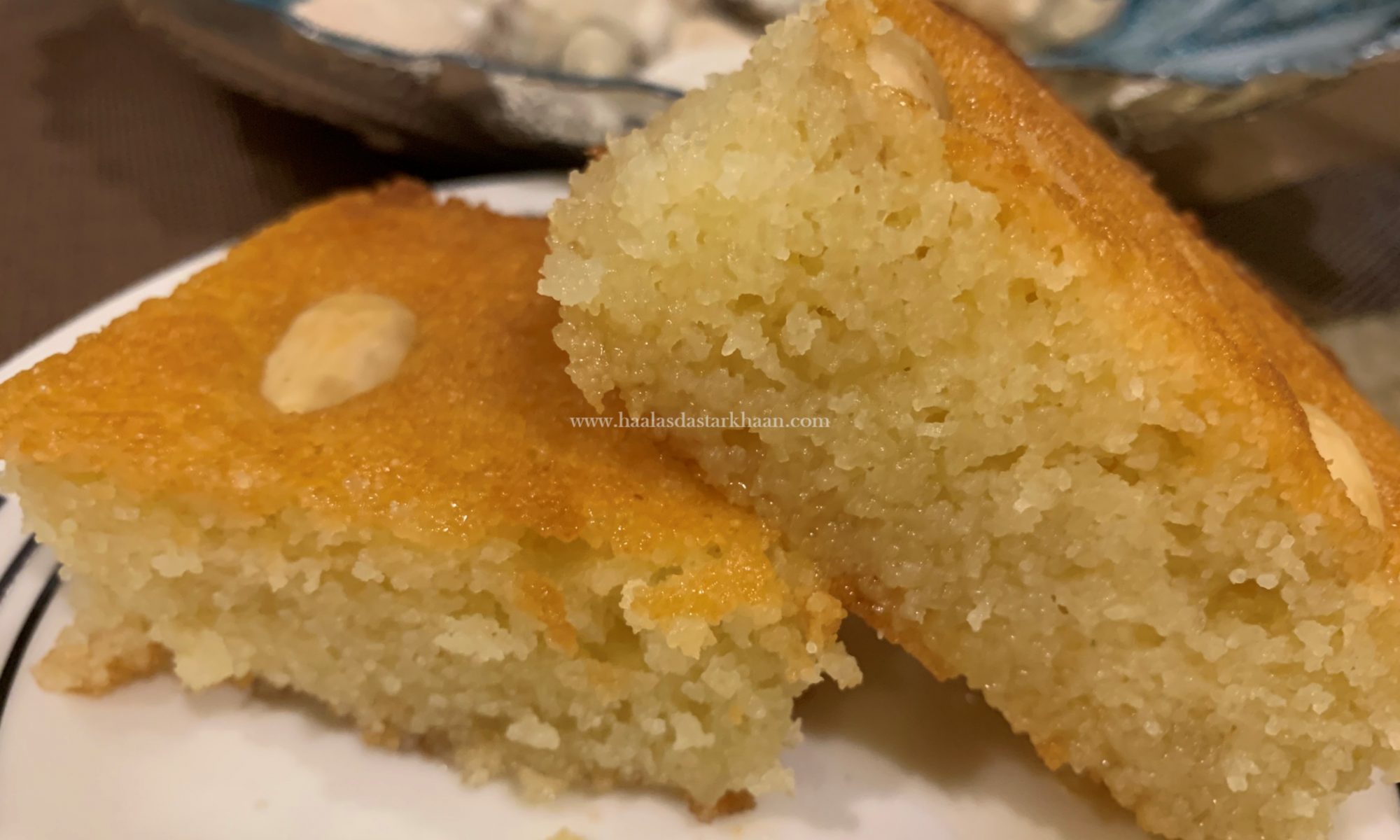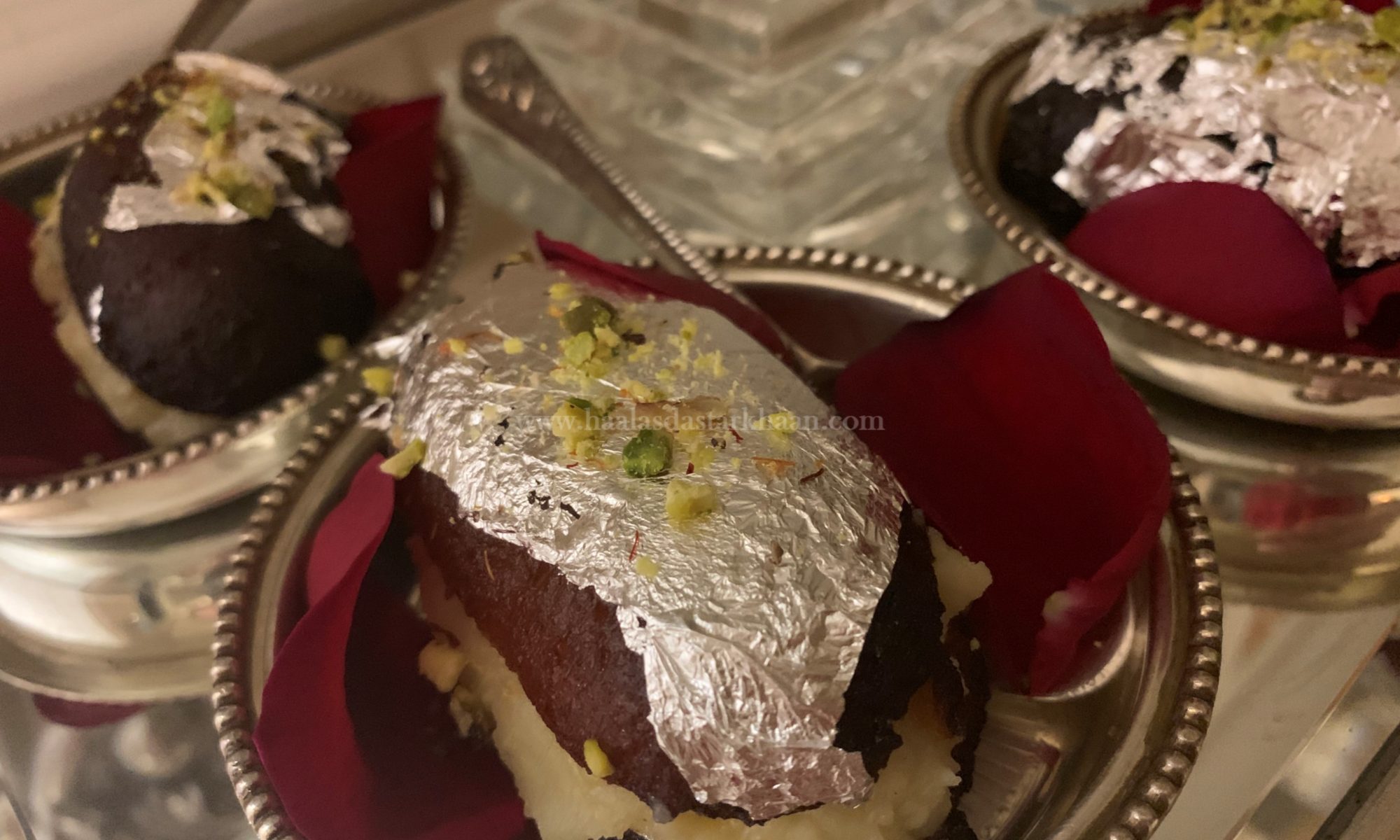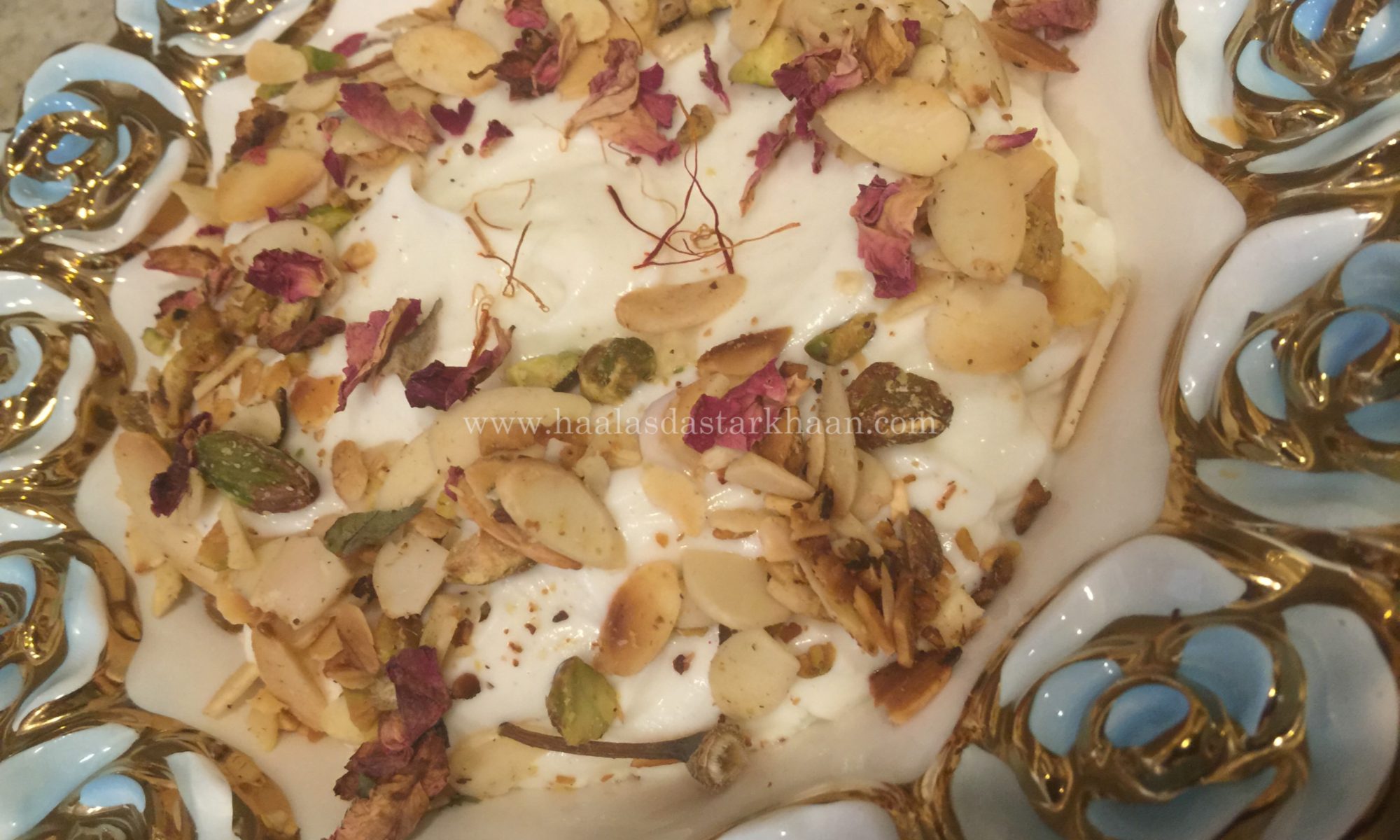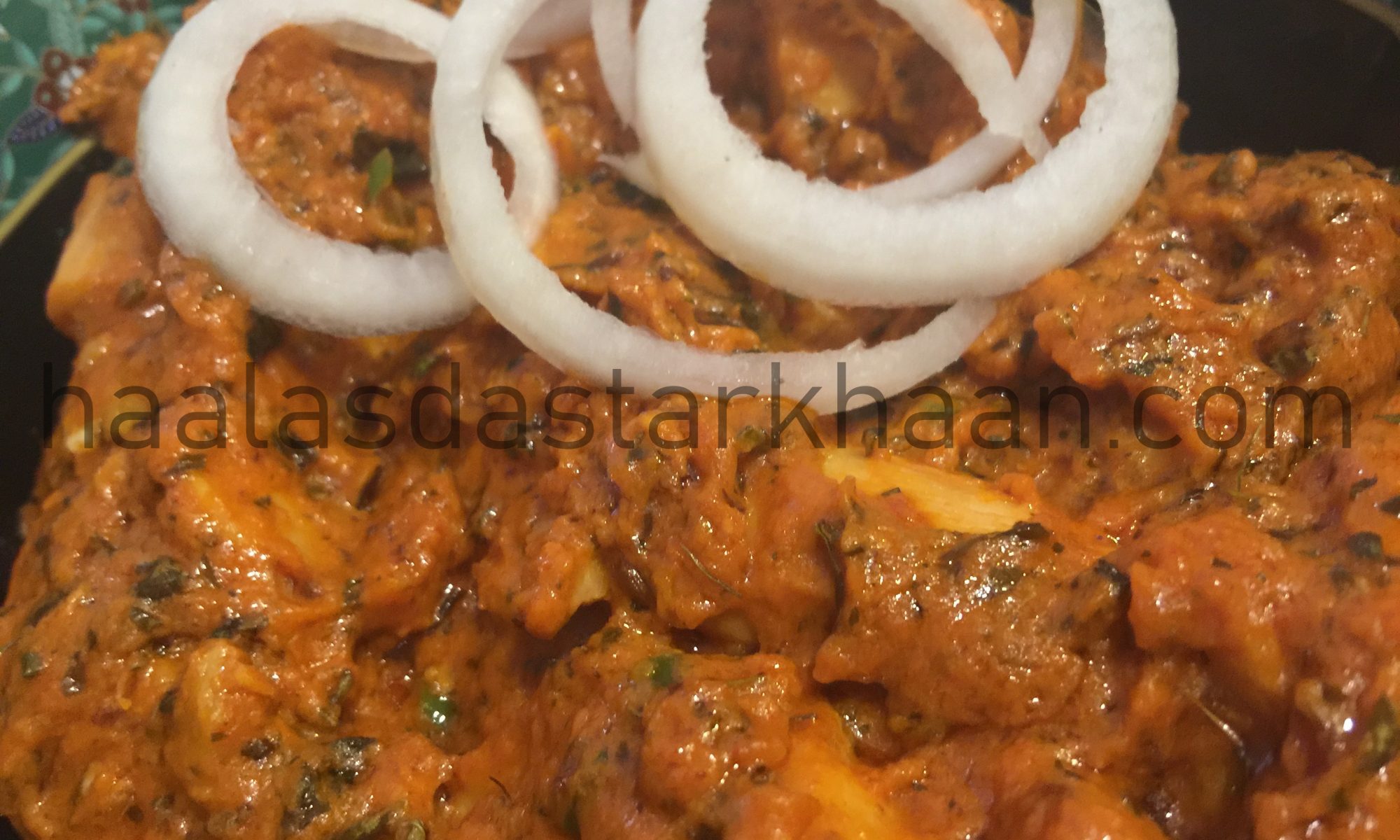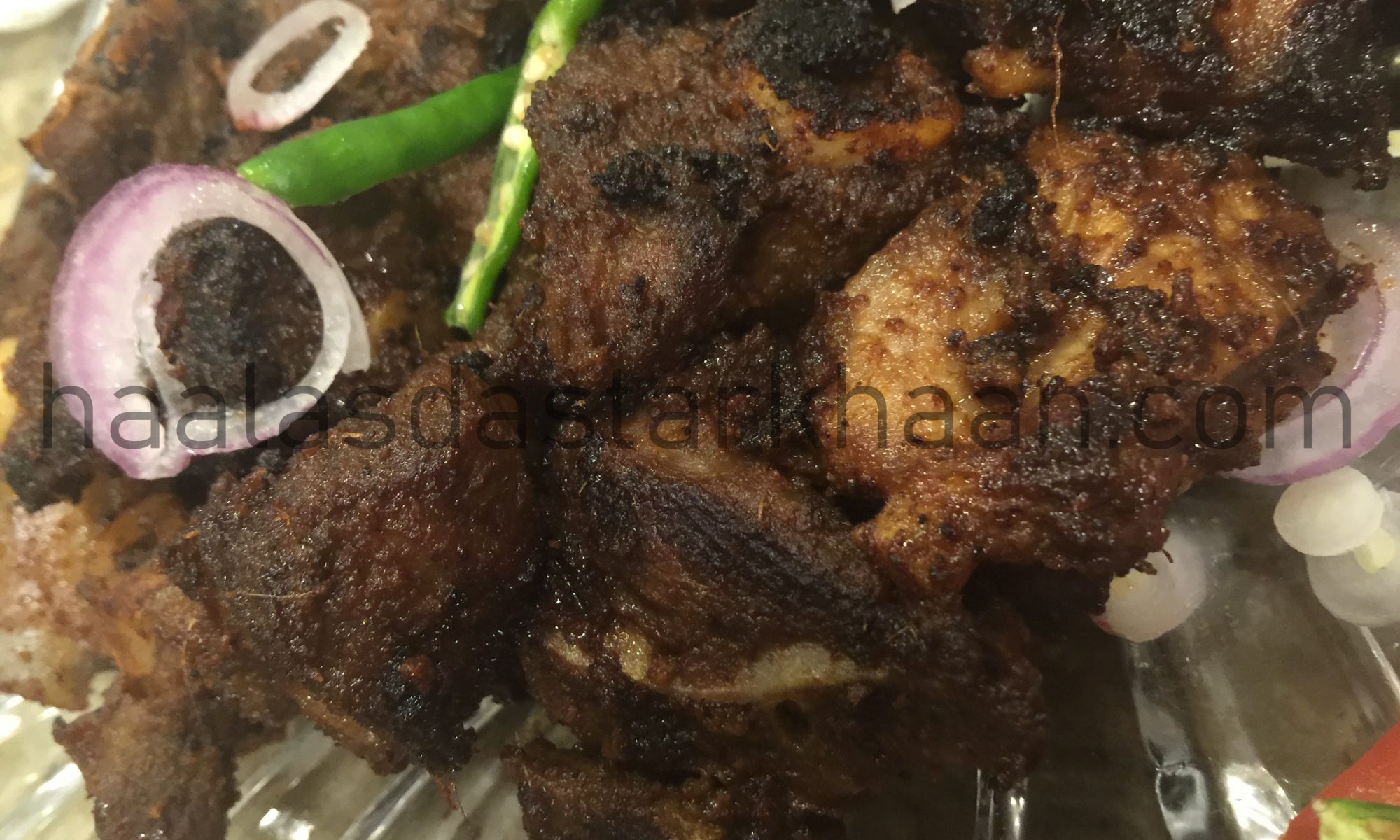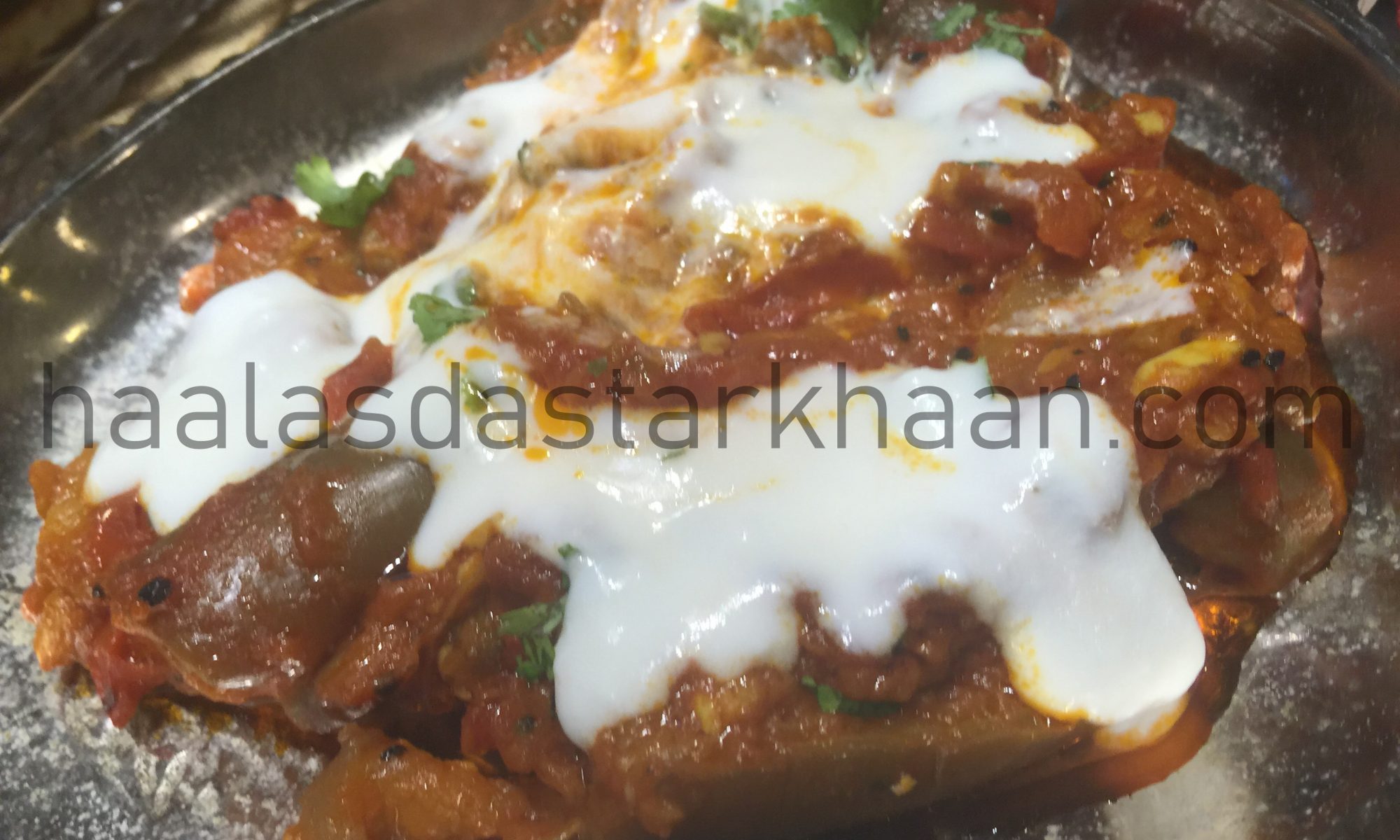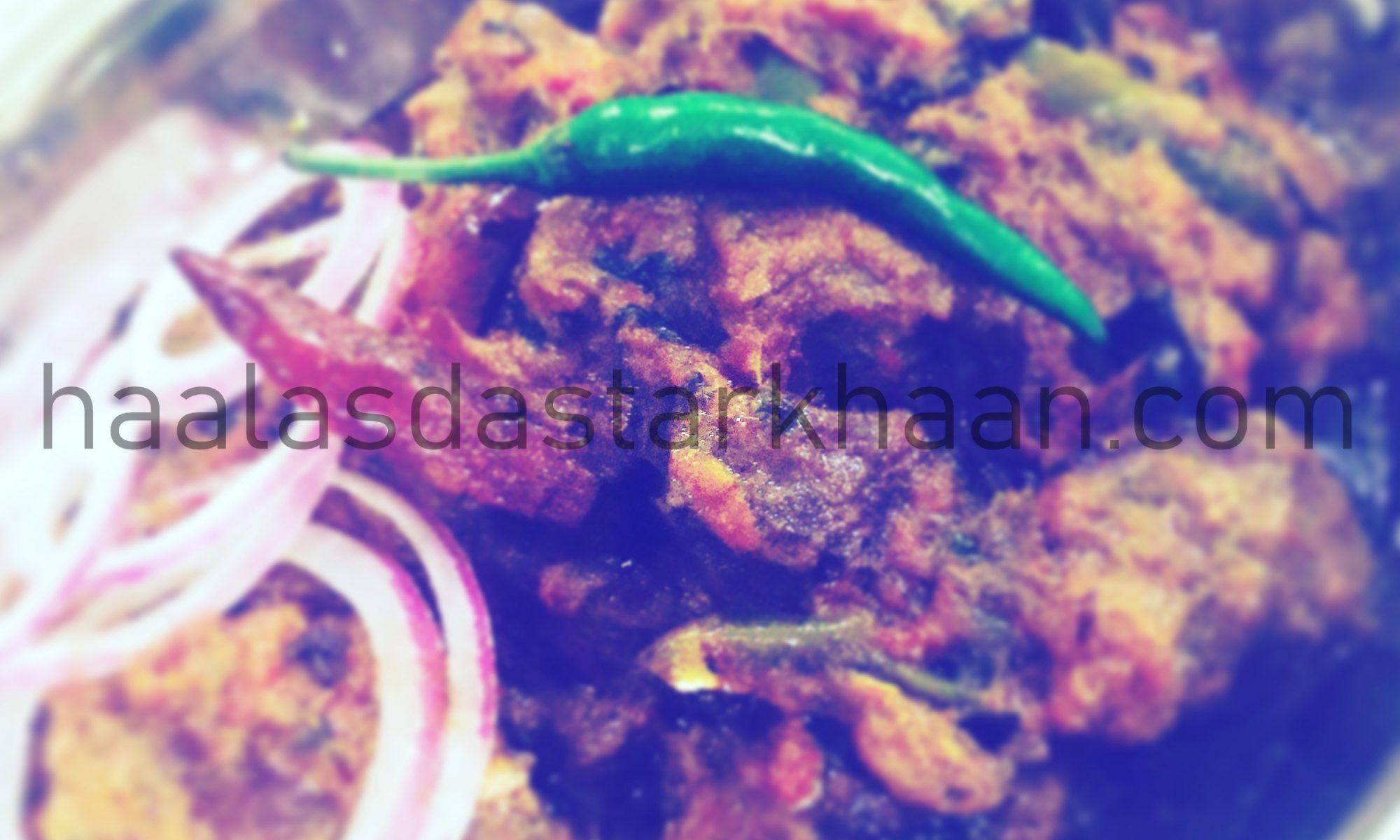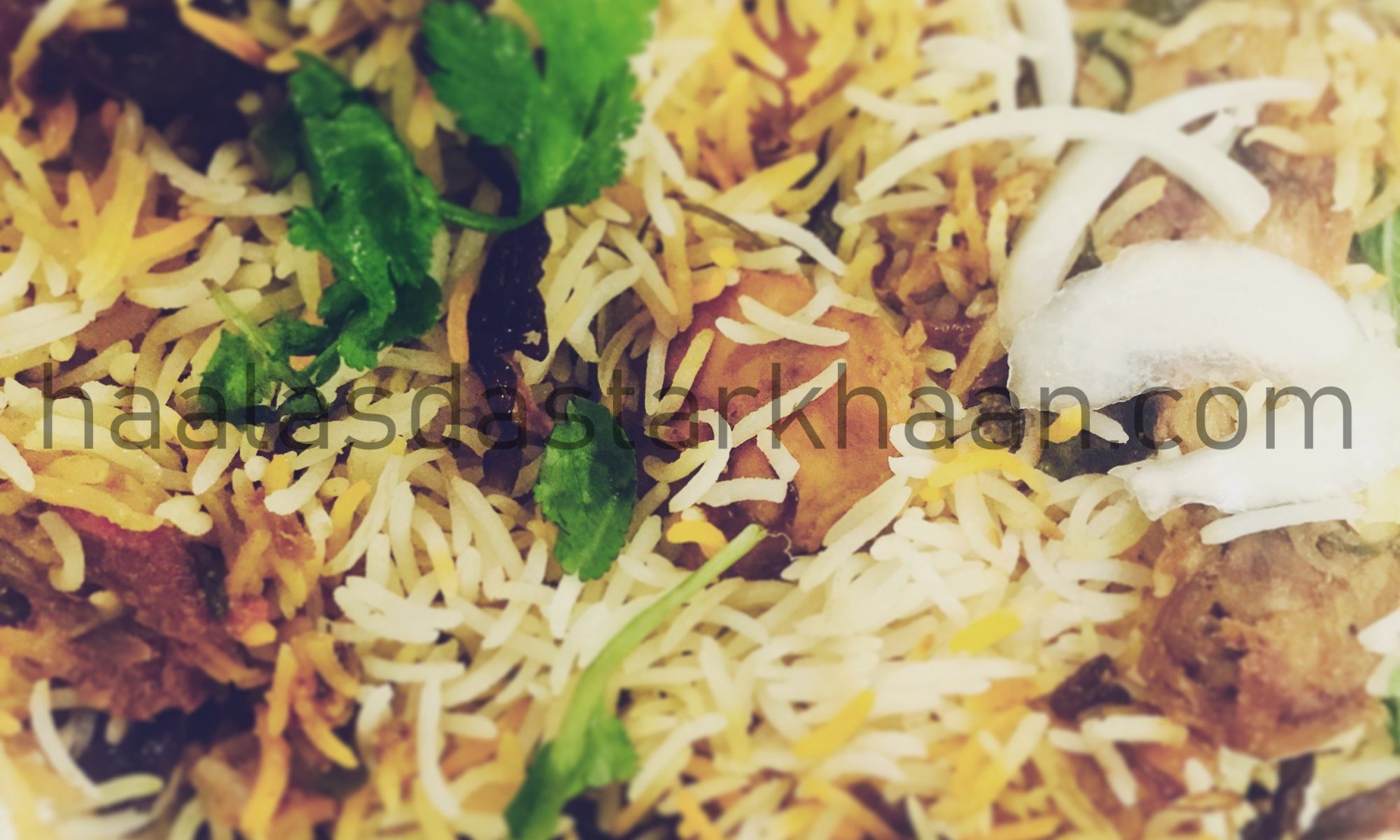This is a sweet dish made from Semolina, a dish from Egypt. Honestly, its made all around middle east and known by different names. In Egypt, its Basbousa and in Palestine, its known as Harissa or Hareeseh. In Egypt, its called Al-Basbousa. The dish even goes by the name of Nammoura. They all are the same with probably a little variation of picking the kind of essence they use while cooking. This is basically a traditional Middle Eastern sweet cake that is made using Semolina which is blended in with margarine/butter and further with yogurt. In the end the semolina batter is sweetened with orange flower water or rose water simple syrup. It was originally made by Ottomans in the middle east.
Now the funny thing is that in USA, we usually find this sweet in stores that sell a variety of Middle eastern grocery and sweets, but for some it comes under the section where we buy the Greek food. I remember from the time I came to USA that Mr. Parveez loved buying this cake and we always believed it was Greek. Until, a few days back I discovered that the actual name of this sweet dish is Basbousa and its middle eastern.
I have made cakes with all-purpose flour all the time, so this time I decided to try something new. While looking for something new, I came across Basbousa. The dish has Semolina as the main ingredient and unlike the traditional ways of making cake, this takes in its sweetness from sugar syrup after its baked. The addition of sugar syrup with Rose essence induces softness and sweetness to the cake. This recipe also includes almonds which add a little nutty crunch to the cake besides making it look nice. I was excited with the idea of making a cake with semolina, or sooji as it is known in India, as it sounded healthy and different. I have to say this was one of my favorite and satisfying baking escapades.
The concept of using sugar syrup is just like its used in Kanafeh, another middle eastern sweet or Baklava, so I was aware of how to go about it, except I wasn’t too certain if the cake will be able to soak it in or be watery. Well, not only the sugar syrup was soaked in, the addition of rose essence in the syrup gives out a beautiful aroma and definitely enhances the flavor of the cake. The result, a perfectly moist cake with a distinct taste, flavor and texture.
Basbousa or Harissa or Nammoura or Semolina Cake as I’d call it, is a perfect traditional dessert and we really enjoyed its light and spongy texture. I’ll surely be making this again. Enjoy!!!
